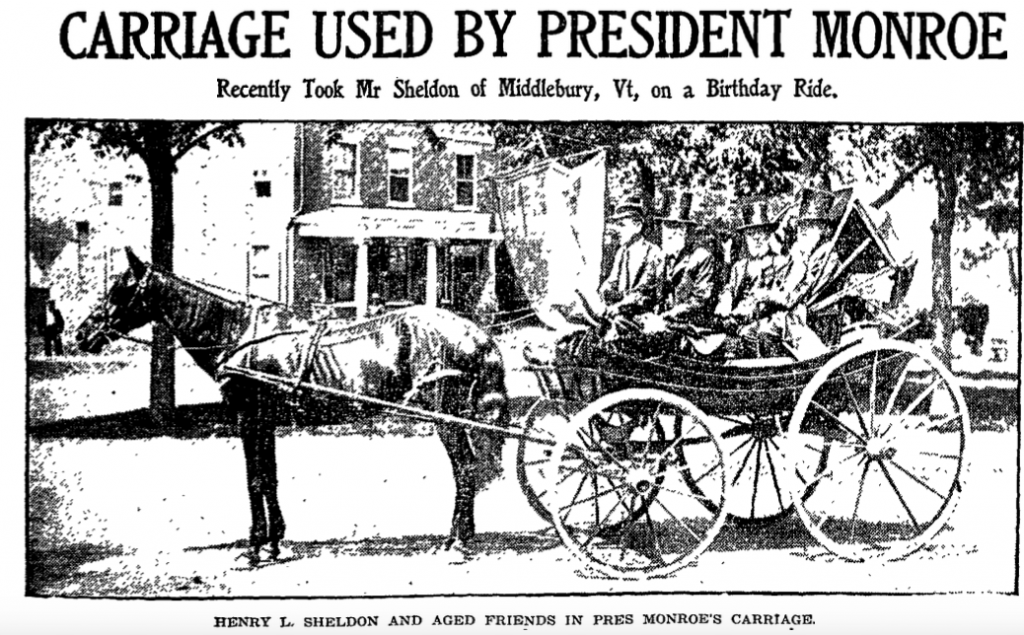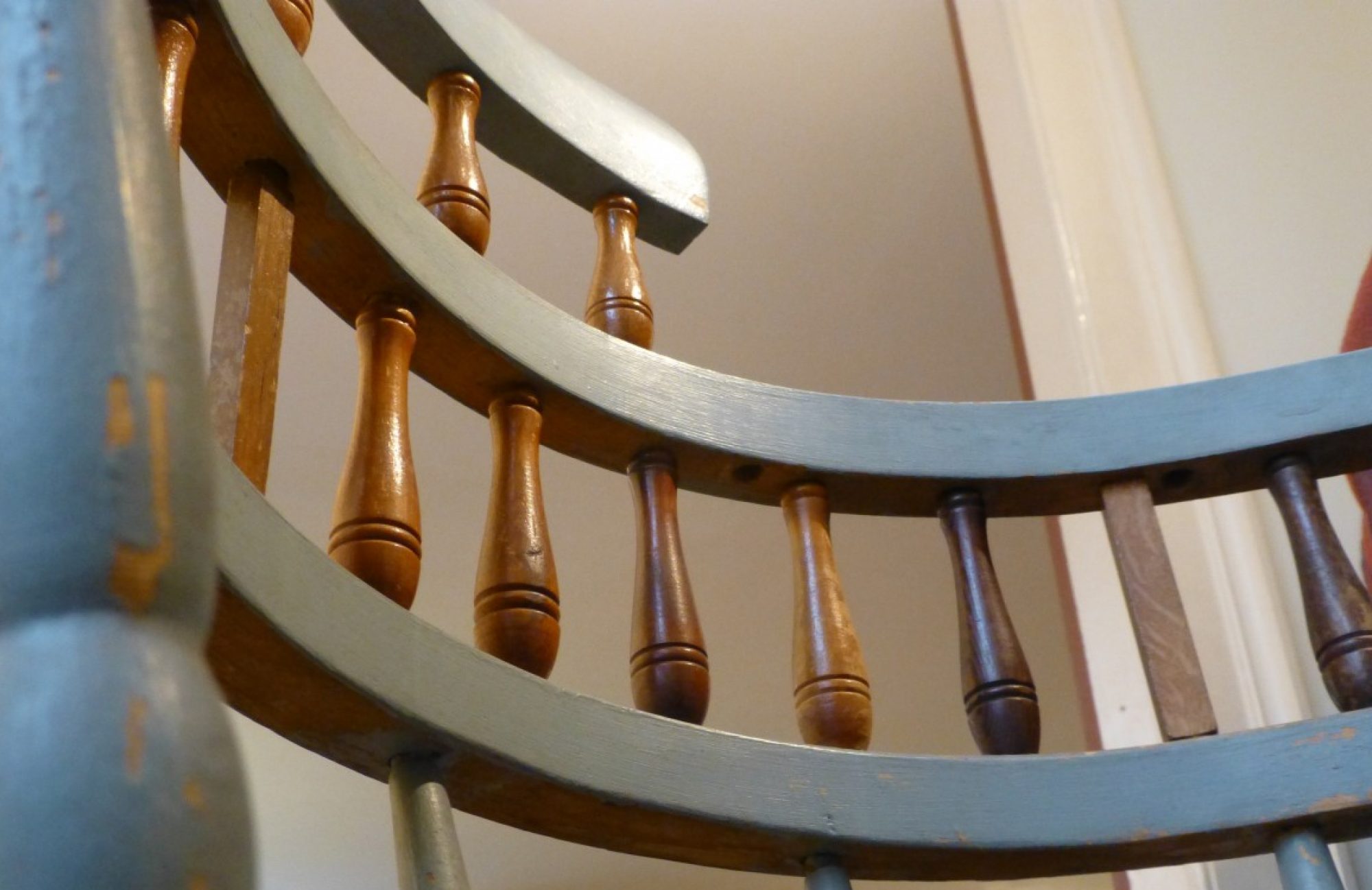
Henry Luther Sheldon was born in rural Salisbury, Vermont in 1821, moving to Middlebury in 1841. He initially worked in the town post office and served as the organist for St. Stephen’s Episcopal Church, a position he maintained as he worked different jobs around town and in nearby Vergennes.
By the 1880s, Sheldon had developed a passion for collecting and dreamed of establishing a museum. As he recorded in his diary on the final day of 1881, “I have spent all my leisure the past year trying to benefit future generations by preserving the handiwork of the early settlers of Middlebury, books [and] all printed matter, manufactured articles representing all the different occupations of the early pioneers which I have called a Museum.” His diary entries throughout the 1880s record his endeavors for the museum, visiting townspeople to secure donations of objects, writing to far-flung correspondents to acquire items of national historical significance, and ironing old newspapers for preservation in his growing library. These practices were in keeping with a spirit of collecting and preserving objects of American history for many across the U.S. who had been inspired by Philadelphia’s Centennial Exposition of 1876 and the fascination with America’s colonial past. Sheldon’s passion for collecting included both the local (artifacts related to the founding of the town of Middlebury, including fragments of barns built by its first white settlers) and the national (a canteen used in the “War of the Rebellion,” a copy of the Declaration of Independence). He soon obtained a formal charter from the Vermont State Legislature to establish the Sheldon Art Museum, Archaeological and Historical Society (proposed as S.34 by a Mr. Fletcher, 17 October 1882 and passed 2 November 1882).
On New Year’s Eve, 1883, he mused, “All my spare labor for three or more past years has been devoted to collecting and adding to this museum.” At this point, the museum had not yet opened to the public but was still a solitary enterprise for Henry. The museum welcomed its first official guests the following summer; on Monday, July 21, 1884, Sheldon wrote in his diary: “The Sheldon Museum is first opened to the public today.”
In addition to collecting objects of material culture, Sheldon amassed complex systems for organizing the vast knowledge he was gathering about Middlebury’s history, compiling scrapbooks organized by subject matter (for example, an index of portraits of Middlebury residents, of historic buildings, of autographs).

By 1904, Sheldon was a curiosity himself– the Boston Globe published a story of Sheldon and friends taking a ride in a carriage ridden by President James Monroe during a visit to Vergennes in 1817; the men wore top hats from the museum collection on the excursion, bearing a banner carried during the War of 1812, in the battle of Plattsburgh.
Sheldon died in 1907, but his legacy lives on at the Henry Sheldon Museum of Vermont History. He recorded his hopes for the future of the museum in a diary entry from 1881: “May those who many years hence look at these articles take as much pleasure in doing so as I have in collecting them.”
For more on Sheldon and his vision of building a museum, see these links from the Sheldon Museum:
https://henrysheldonmuseum.org/salisbury-man-founded-sheldon/
https://henrysheldonmuseum.org/about/henry-sheldon/
Henry Sheldon’s obituary, Middlebury Register 1 March 1907: http://chroniclingamerica.loc.gov/lccn/sn93063557/1907-03-01/ed-1/seq-1/

You must be logged in to post a comment.